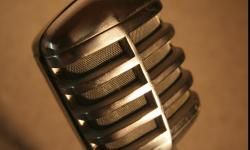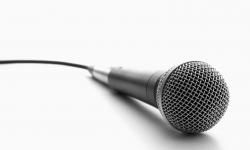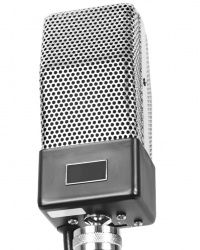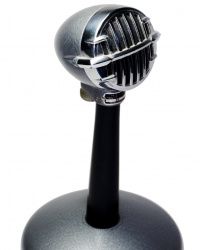
Sound is an amazing thing. All of the different noises we hear are caused by minute pressure differences in the air around us. What's great about it is that the air transmits those pressure changes so well — and so accurately — over relatively long distances.
If you've read How CDs Work, you learned about the very first microphone. It was a metal diaphragm attached to a needle, and this needle scratched a pattern onto a piece of metal foil. The pressure differences in the air that occurred when someone spoke toward the diaphragm moved the diaphragm, which moved the needle, which then recorded on the foil. When the needle was later run back over the foil, the vibrations scratched on the foil would then move the diaphragm and re-create the sound. The fact that this purely mechanical system works shows how much energy the vibrations in the air can have.
Advertisement
All modern microphones are trying to accomplish the same thing as the original but do it electronically rather than mechanically. A microphone wants to take varying pressure waves in the air and convert them into varying electrical signals. There are several different technologies commonly used to accomplish this conversion. Take a look at the next page to learn more about different types of mics — including one of the first invented by Alexander Graham Bell.




